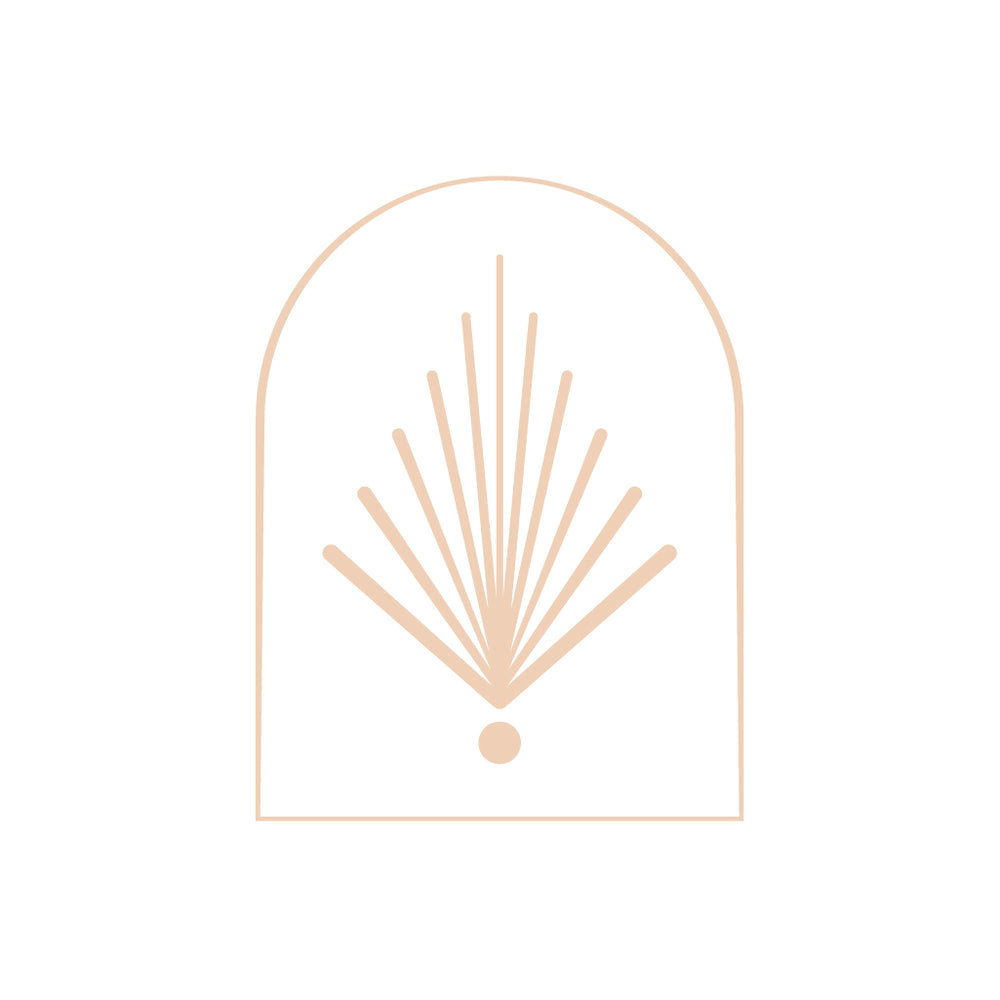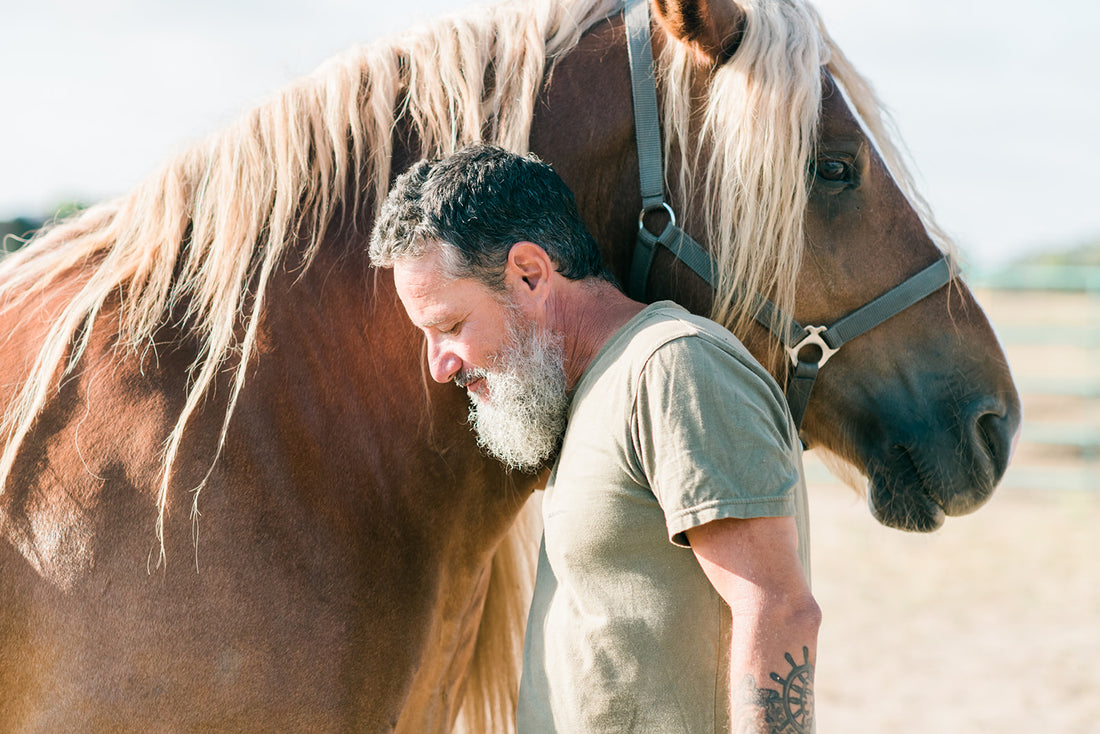| Here, he discusses why this particular ancient craft is so much more than just a tool for protecting biodiversity and increasing productivity; why the process encourages a deeper connection to our surroundings, and how the mutual respect cultivated between man and horse can teach us more about the mystery of ourselves. |

Can you explain what horse traction is and how it works?Horse traction consists of channeling the strength and versatility of animals — in this case, horses, to drag all types of agricultural machinery, carts and other movement systems that require a certain power to perform their job. It’s a technique that’s been around since 2000 BC, after which horses were gradually substituted as the primary means of powering machines. The first agricultural tractors appeared in 1915, at which point motors took over, a move that’s intricately linked to the growth of industry and the use of oil as fuel. The problem is that our planet today is suffering a deep environmental and social crisis, in part linked to our depletion of natural resources. So the aim of using horse traction is to return to the more simple methods of ancient times. Conversely, we’ve also been able to harness technological advancements, which allows us to use tools and fittings that are much more comfortable for the horses and better for their welfare. Traction revolves around grander ideas of agroforestry — working intuitively with our senses and forming a deeper connection to our natural environment. |
What’s the most enjoyable aspect of working with horses?Horses have an interesting bio-mechanical system that has a very logical way of being balanced. Balance in the horse’s body brings balance to its brain so if there’s something disrupting that, the aim is to help the horse realign with its body — that includes if there’s someone riding it! But understanding all this means I can help the horse understand what it needs to do in the most appropriate way. There are some aspects of us that just think about ourselves and then we forget about the horse, but we must always remember that we’re dealing with something intelligent, with its own mind, body and soul. We have to learn to be connected to the animal. So I start to treat the horses with lots of love and patience and cooperation. |
 |
 |

How does using horse traction heighten our sense of awareness to the world around us?Our disproportionate use of machines has removed us from nature, but it’s vital to remember that our food comes from the field — anything we grow is a living being and so how we treat it has an outcome on its result. We are always in communication with our surroundings and that affects our state of mind, so in order to live well we have to consider that the same energy exists inside and outside of us — our thoughts can alter our internal and external reality, so when we pay attention our consciousness joins that of nature. Finding harmony in our actions both improves our health and gives value to what we do, so in this sense, yes machines allow us the possibility to work faster, but is it equally positive for our lives? Horse traction works best in small and medium sized farms and alongside forest management provides us with high quality results across lifestyle, products and profit. We do not propose to replace the tractor but horse traction can be a great alternative that’s healthy for the planet and its inhabitants. |
What’s the first step in the process?One or two days before a project begins, I take the horses to the place we’ll be working and give them time to get to know the space. So I watch them to try to understand if they like the place or not. And it allows the horse to memorise everything. It’s important they understand where we’re going to work, it makes them more calm. And it allows the other animals to know that we’re going to arrive. So I ask permission to enter and explain to the forest what the purpose of us being there is. This is fundamental to me. This is a fundamental part of the process to me. Talk a little bit about your history with both horses and agricultural processes.The EquiTraccion project has only just started but my experience with horses dates back many, many years — I’ve been living and working with them for practically my entire life. My work with them doesn’t stop; I always have two or three horses with me so I can study and observe them. So of course, that’s been a huge motivation in starting this venture, but it’s also about encouraging happy minds and a healthier environment. We offer our services to farm and forest owners, and by sharing knowledge through our courses, help them to manage their horses. It’s worth noting that in Ibiza, there are many farms with terraces that simply can’t be reached by machines, and so animal traction becomes a vital tool in fire prevention — essential on a hot, dry Mediterranean Island. |
 |
 |
 |
How does horse traction impact the land itself?With machines, movement is constant and that process leaves the earth compacted instead of oxygenated. Whereas with animal traction, tools work more on the surface of the earth, and with the every step taken by horse and drive is different, which provides the ground with oxygen. In addition, weedkiller isn’t usually required because the implements we use are designed to control unwanted grasses. The result is a completely ecological and sustainable treatment, and by passing through meditatively with the horses, the results are much better. There’s a calm atmosphere; there’s harmony. It’s all in line with the universe. And that improves the product. |
What have you learnt from working with horses?I have learnt — and continue to learn — a lot. I think that with horses, as in life, you are always learning, so I consider myself an eternal apprentice. My way of living is open and I consider nature my home. Horses have confronted me with the worst parts of myself on several occasions, but with them, I’ve been able to learn a certain sensitivity and subtly; to have patience both with myself and with them. We can communicate better with them by learning to tame our own ego, and little by little that allows us to create a coherent, natural, spontaneous environment. Having reliable partners is the most important thing for them, so all my actions are geared towards providing a positive, harmonious end. The most important thing in every job we do is the wellbeing of our horses — they are part of the family, and our negotiation with them teaches us many things, which in turn improves our lives. Ultimately, our experiences with horses helps us to understand each other better as humans. info@equitraccion.com |



